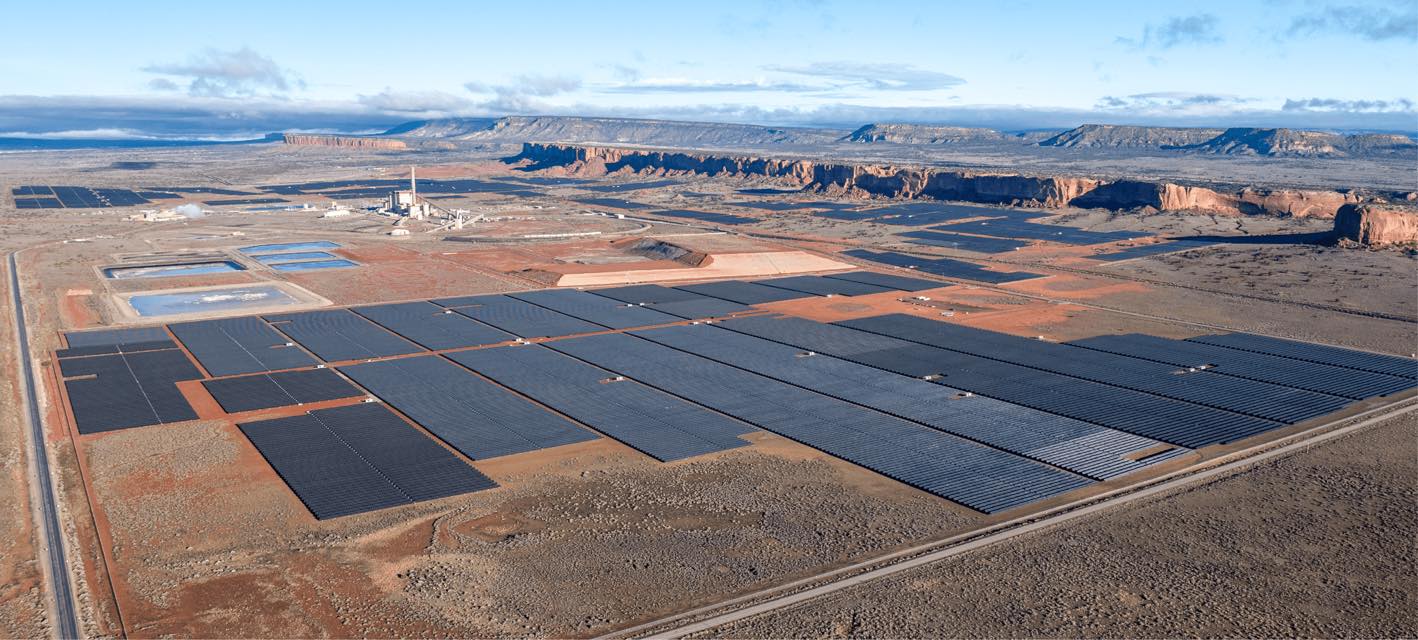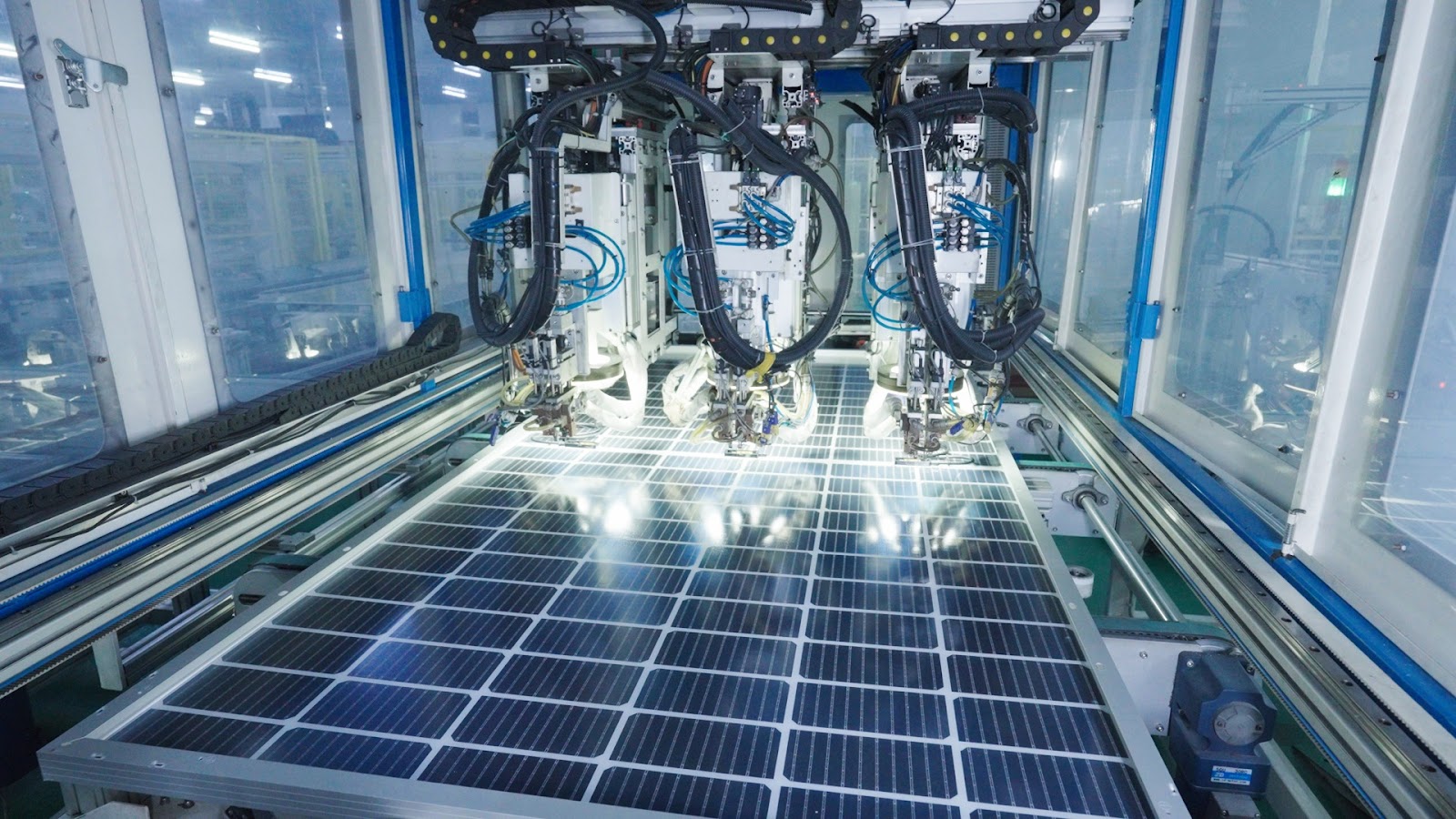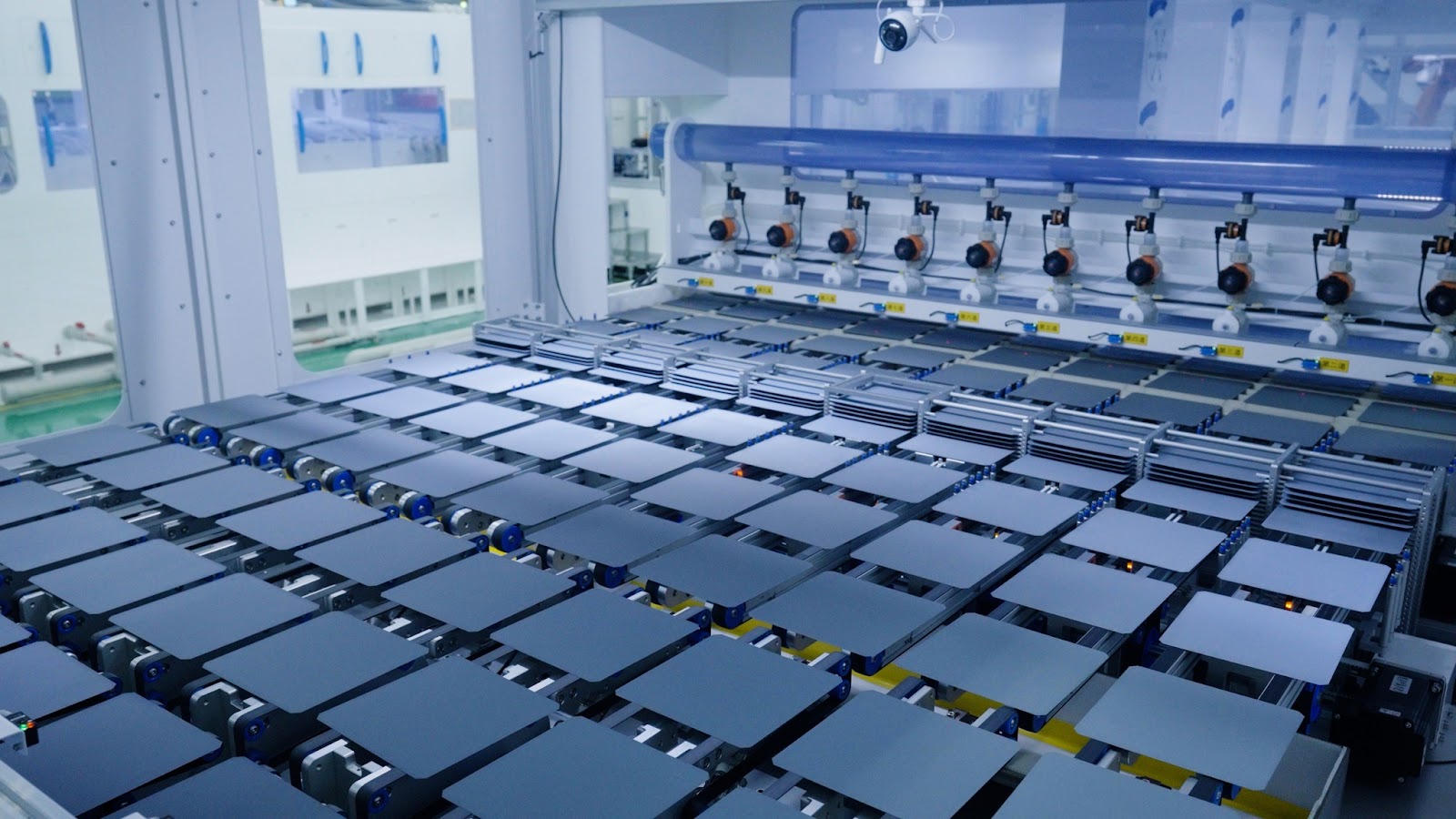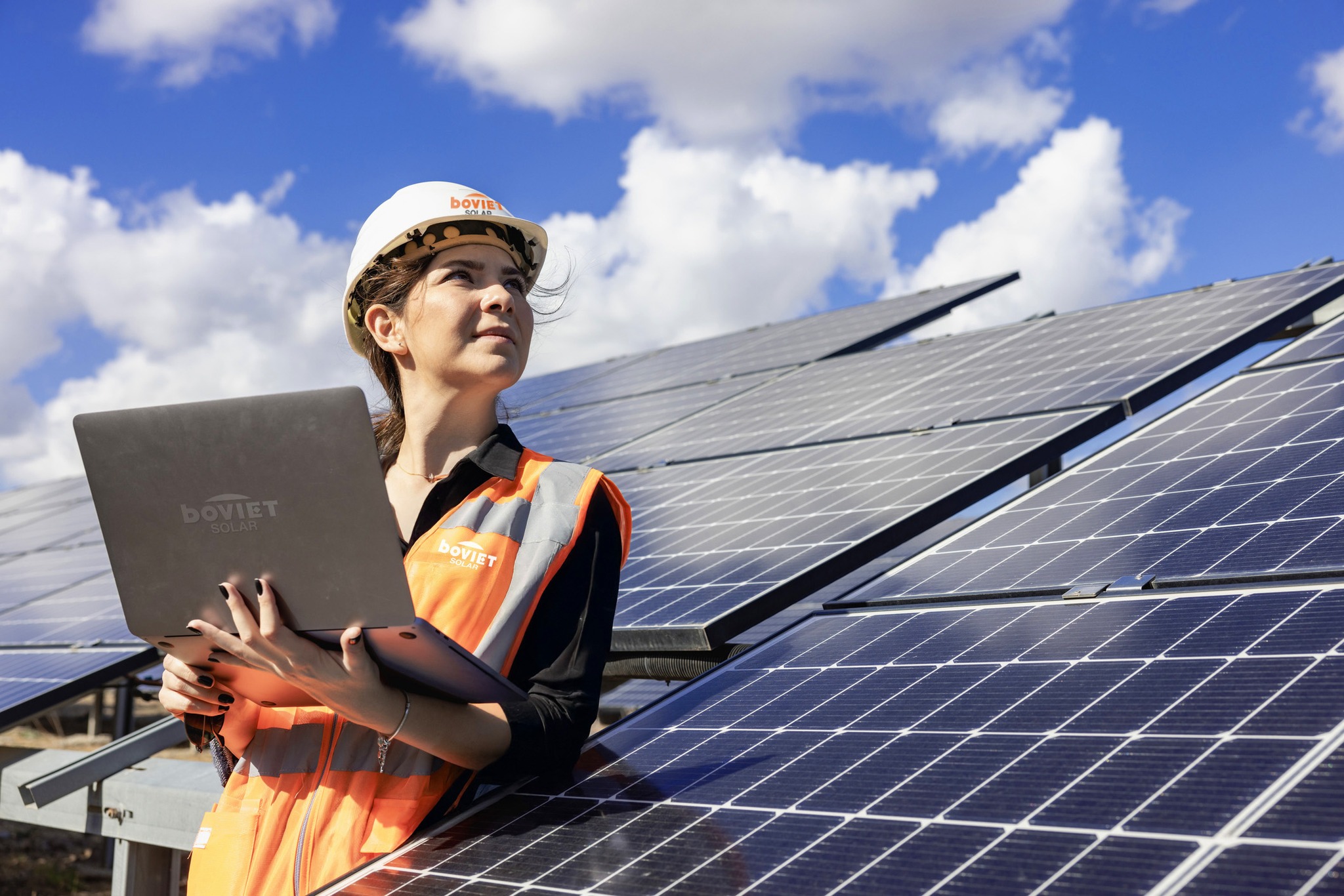Founded over a decade ago in Vietnam, Boviet Solar has become a leader in the U.S. solar industry since it entered the market in 2017. Wood Mackenzie has recognized it as a Top 10 global solar module manufacturer, and Bloomberg New Energy Finance (BloombergNEF) has labeled it a Tier 1 PV module manufacturer, for example. Its Monocrystalline PERC and N-Type solar cells and Gamma Series™ Monofacial and Vega Series™ Bifacial PV modules have been used in projects in states such as California, Delaware, Georgia, Indiana, Mississippi, and Texas.
Most recently, at the end of 2024, the company announced that New Mexico’s Escalante Solar project uses about 500,000 of its modules, helping to deliver power to 63,000 nearby residences. Solar Builder Magazine selected it as its 2024 Project of the Year Over 10 MW. This project represents just one collaboration between Boviet and Origis Energy, the project developer, since they entered a module supply agreement for utility-scale projects nationwide.

Photo Courtesy Tri-State G&T
The company’s investments and manufacturing operations are driving the deployment of its solar technology in the U.S., and even producing it domestically in the U.S. Last April, the company announced that it chose Greenville, in Pitt County, North Carolina, for its first American production plant. With construction spanning two phases, the facility represents a $294 million investment that is expected to add $2.9 billion to the state’s economy over the next twelve years. U.S. Rep. Don Davis (NC-1) reflected, “Boviet Solar’s decision to establish a manufacturing facility right here in Greenville-Pitt County not only signifies a significant investment in our local economy by bringing in a $294 investment and 908 new jobs but also underscores the vital role our region plays in advancing renewable energy initiatives. This investment in North Carolina’s 1st District speaks volumes about the strength of our community and our shared dedication to fostering innovation and sustainability. I look forward to seeing the positive impact this project will bring to the East.”
Greenville Mayor P.J. Connelly expanded, “I could not be more excited to welcome Boviet Solar to Greenville. Since taking the oath of Mayor, I have been a strong advocate for partnerships and collaboration in our economic development work. Welcoming a manufacturer of this magnitude in our community is a win for Greenville, Pitt County, and all of eastern North Carolina, and we owe a lot of it to our collaborative efforts.”
The North Carolina Department of Commerce was pivotal in advocating for Boviet Solar to bring its manufacturing facility to the state, and the North Carolina Economic Investment Committee approved a Job Development Investment Grant for the factory last April.
The project’s first phase, which began in the third quarter of 2024, consisted of renovating a 500,000-square-foot building to start producing the company’s Gamma Series™ Monofacial and Vega Series™ Bifacial PV modules. By mid-January, the company announced that it had received all the necessary equipment and that half was already on the factory floor. In March, Boviet Solar followed up that the phase was on track for module production to begin in the first quarter, with a grand opening ceremony planned for April 24. The factory will produce 2 GW of solar modules per year.
Marco Marques, General Manager at Boviet Solar’s Greenville factory, noted, “The opening of our Greenville facility is a pivotal step in Boviet Solar’s global expansion and our long-term commitment to the U.S. market. This facility not only strengthens our ability to serve our North American partners with high-quality, reliable solar modules but also supports the transition to a clean energy future with American-made solar products.” Sienna Cen, President of Boviet Solar USA, added, “We will enjoy celebrating Phase 1 as we look forward to further strengthening our U.S. manufacturing capabilities and local impact with Phase 2.”

Photo Courtesy Boviet Solar Technology
The second phase, meanwhile, began last November, with construction commencing on a new 600,000-square-foot manufacturing factory for the company’s N-type PV cells, of which it will produce 2 GW per year. These cells have achieved efficiencies higher than 25%, thereby turning more sunlight into electricity, and the company has seen a 38% decrease in energy expended during cell production. The company expects manufacturing operations to launch halfway through 2026. Cen said, “With the launch of Phase 2, Boviet Solar is reinforcing its position as a key player in the U.S. clean energy landscape. This project will generate substantial economic growth in the region, creating hundreds of skilled jobs and further accelerating our ability to provide high-quality solar products to the U.S. market.”

Photo Courtesy Boviet Solar Technology
The two phases will support 908 local jobs. North Carolina Commerce Secretary Machelle Baker Sanders explained, “North Carolina is a leading state for STEM talent and has the largest manufacturing workforce in the southeastern United States. As we continue to transition to a clean energy economy, we are committed to being first in talent and providing the research and workforce training partnerships that innovative companies need for today and tomorrow.”
The company will implement its PV cells and modules into residential, commercial, industrial, and utility-scale projects across the state and country. The North Carolina site adds to the $36.4 billion in announced solar manufacturing investments and 46,000 solar manufacturing jobs announced since the passage of the Inflation Reduction Act in 2022, according to the Solar Energy Industries Association.
In the words of former North Carolina Governor Roy Cooper, “It’s great to welcome Boviet Solar to North Carolina. This decision has proven yet again that North Carolina is a hub for clean energy, offering advanced manufacturers a skilled workforce, an excellent quality of life, and affordable communities to support its work in sustainability.”





